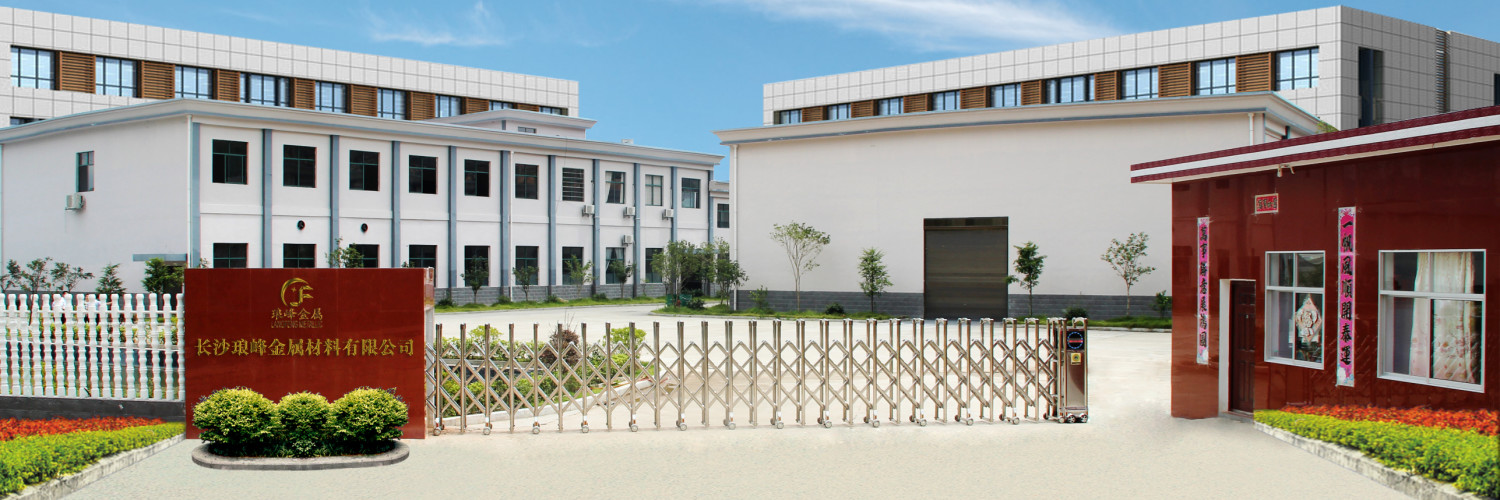CNC machining tools can be divided into conventional tools and modular tools. The modular tools will dominate the development tendency. The main advantages of modular tools: quick tool change, increased production and processing time; speed tool change and setup time, improve the economy of small batch production; improving the degree of standardization and rationalization of the tool; improved management and flexible processing tool level; expanding the utilization of the tool, full performance of the tool; effectively eliminate work disruption. In fact, due to the development module tool, CNC tools have formed three systems, namely turning tool systems, drilling and boring and milling tool system tool systems. CNC tool classification: From the structure can be divided into 1. Integral: 2. Mosaic: can be divided into welded and machine clip. 3. Damping: when the length and diameter of the tool working arm of the relatively large, in order to reduce the vibration of the tool, to improve the machining accuracy, the use of such tools. 4. Internally cooled: cutting fluid through the inside of the cutter body is ejected from the spray hole to the cutting edge portion of the tool; 5. Special Type: tool such as composite, reversible tapping tool and so on. The production tool can be divided into the materials used: high-speed steel cutting tool:HSS is parison material,with better tenacity than carbide,and worse hardness,wear-resistance and red hardness than carbide,not suitable for cutting materials with high hardness, nor high cutting speed.Please grind the edges before application, and it is very suitable for non-standard tools with special needs. ② carbide cutting tools: of excellent performance, widely used in CNC turning machines. Carbide inserts have standard products, specific technical parameters and cutting performance can be provided by manufacturers. Carbide cutting tool in accordance with international standards (ISO) cutting their different nature , into P, M, K categories , respectively, in blue , yellow and red colors to identify : P class suitable for cutting steel, there are P01, P10, P20, P30, P40, P50 six , P01 for the high-speed precision lathe , the number of small , high abrasion resistance , P50 for the low speed rough turning, large numbers, high toughness , painted blue to identify the holder . For machining long chip forming common materials like plain carbon and low alloy Steels; (equivalent to YT class) M class – suitable for machining austenitic stainless steel, cast iron, high manganese steel, alloy cast iron (equivalent to our YW classes) M-S class – suitable for processing heat-resistant alloys and titanium alloys Class K – suitable for machining cast iron, chilled cast iron, malleable iron scrap short, non-titanium alloy (equivalent to our YG classes) K-N class – suitable for machining aluminum, non-ferrous alloys K-H class – suitable for machining hardened materials ③ ceramic tool ④ cubic boron nitride cutting tools ⑤ Diamond Tool (3) from the cutting process can be divided: ① turning tools include external turning tools, internal turning tools, grooving inserts,face grooving tools, parting tools, turning tool for internal/ external threading. CNC lathe machines generally use indexable mechanically-clamped cutting tools, which have standards on blades and cutter bodies. Carbide, coated carbide and HSS as material of blade. Square blades are usually fixed by slotted screws. Cylinder arbors are fixed by sleeve screws. They are connected with machine plates by slotted rod holders and socket extension. They are connected by gear shafs in modular turning tools system. Tool bits and tool bodies are connected by “insert quick-change system.” It can be used also for turning cylindrical bore boring, but also suitable for automatic tool change system in turning centers. from types of cutting methods: round face cutting tools, end cutting tool and the center hole cutter. ② drilling tools: centring, drilling, counterboring and countersinking, reaming and tapping. Drilling tools can be used in CNC lathes, turning centers, CNC boring and milling machine and can be used for machining centers. Therefore, they have various structures and joint forms. Straight shank, straight shank screw tight set, taper shank, screw connection, modular connection (conical or cylindrical joints) and else. ③ boring tools can be classified as fine boring and rough boring tools. From structure,boring tools can be divided into integrated boring shank, modular boring shank and boring head. From the processing requirements, it can be divided into coarse and fine boring tools. ④ milling cutter: face milling, end milling, face and side cutter.
[Read More]
